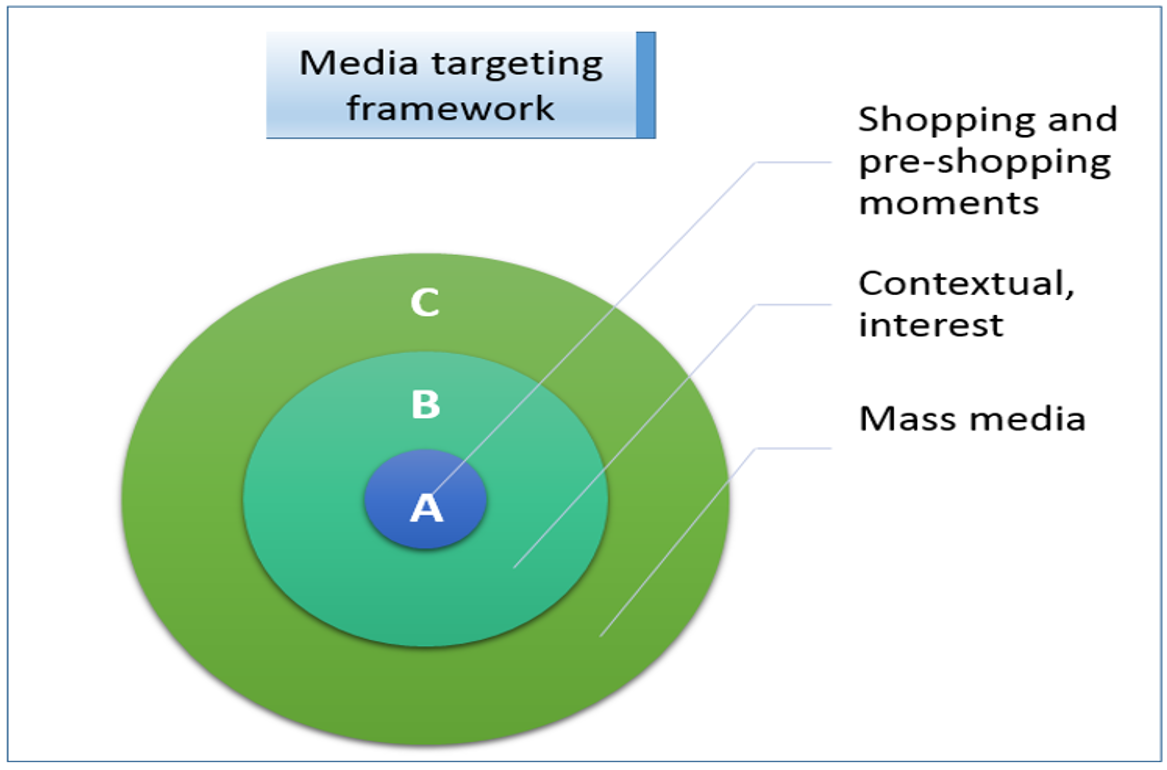If you missed the ARF ReThink 2016 conference you missed their best conference ever in terms of content. Why? Evidence-based insights converging on a big question…does advertising work?
The centerpiece of the event was the large meta-study that the ARF conducted with the cooperation of 30 partners, extended by winning research papers.
Here are my five personal takeaways regarding new advertising principles…not a literal summary of their new study, but how I distilled it all.
Marketers are both UNDER-spent and MIS-spent when it comes to paid advertising
The ARF concludes that US marketers are underspent by $30 Billion (15%) based on advertising elasticities in their database. What is also important to me is evidence that marketers can make advertising work even better than that by precision-targeting category buyers and those on a shopping journey. Sounds incredibly obvious but amazingly, according to Oracle Data Cloud’s presentation, often this is not part of targeting approaches. (Marketers and media are so focused on demos, it still makes me crazy!) According to Oracle, echoed by Nielsen Catalina, if you use buyer-based targeting, your return on ad spend can increase by multiples.
Create a bottom up media plan that favors precision targeting over reach
As a corollary, I’d recommend leading with programmatic advertising (now even possible on TV) to spend as much as possible against the highest propensity responders to your advertising. This flips media planning from top down (which show or magazine or website has the audience I want) to bottom up programmatic targeting against the exact audience I construct.
While this is not an inference the ARF drew, I saw it in their data and winning papers. They presented that frequencies up to 20 impressions per user (presumably in a media window) still generate a return. Think of targets as concentric circles (see diagram). The inner circle contains those most likely to respond to your advertising, followed by a circle of those who are still considerably higher than average, and the largest circle would be those broadly in the brand target, say based on demos or lifestyle profiles. You should be willing to sacrifice some reach for higher frequencies against high probability targets, resulting in much more ROI.
Integrated marketing works better
Yes, TV is still the big dog, but multi-channel campaigns work better than those that are centered on one or two media channels, and creative must be consistent (presumably connected via the brand idea) across platforms.
This rings true to me because it represents a way of delivering more frequency against key consumer targets in ways that remain fresh and perhaps provide broader coverage against the full path to purchase. For example, if you see the same TV commercial over and over, it gets annoying past a certain point. If you see that commercial less often but also see the same idea show up on your smartphone, you get a fresh and synergistic presentation of the brand idea and perhaps see the message closer to shopping.
Reinforcing this was the comScore/Rentrak presentation that proved TV exposure drives search. Of course, we also know that TV drives social media activity so once again we see evidence for the value of coordinated, multi-channel communication. In effect, digital becomes TV’s friend, allowing a user to act on curiosity from a TV commercial before it dissipates.
Small details can lead to big results
MESH captures touchpoint data from a one-week mobile diary, with pre and post surveys to assess impact. Their database approaching a million observations was part of the ARF Groundtruth research program and was shared at ReThink. They presented clear evidence that sequence matters, that positivity towards advertising touchpoints can vary substantially, and that brand intention responds more to certain touchpoints than others but that this pattern varies by industry. So, DO sweat the small stuff!
Measurement possibilities in the digital age are amazing, only limited by our imagination
My personal creativity award goes to Dstillery for how they addressed questions of the effectiveness of sports sponsorship. They built audiences by geofencing a given stadium and then noting the pattern of sponsor brand-related digital behaviors for those in the stadium audience vs. those not in the audience. The creativity comes in here: the way they built the audience was from mobile programmatic ad calls which send location data. So, when the Dstillery server was pinged they could compare location to geofenced areas and match that back to their massive user database/DMP. No app downloads with oauth permissioning needed!
Moving forward. When I was Chief Research Officer at the ARF from 2008-2010, I encountered a lot of narrative that TV, and paid advertising in general, were dying. Forrester predicted the decline of TV. Garfield talked about chaos 2.0. Erik Qualmann talked about the ROI of social was that you would still be in business in 5 years. It sounded to me like speculation from the echo chamber in need of empirical scrutiny so the first study I did at the ARF proved that TV ad effectiveness had actually increased over time. Now the ARF has gone way beyond that work to prove that advertising works across platforms and we should spend MORE, using integrated marketing approaches to kick it up a notch. Kudos to Gayle and the current ARF team!
But we can’t rest on our laurels; there is so much more work to do! Marketers must embrace precision targeting and stop their love affair with demographics. They need to integrate identities across screens that bind together the same user in their DMPs so you can actually manage the journey and the ad frequency that the user sees. And researchers need to engage with the way the digital world works. Here’s to an exciting digital future…I wouldn’t miss it for the world!

